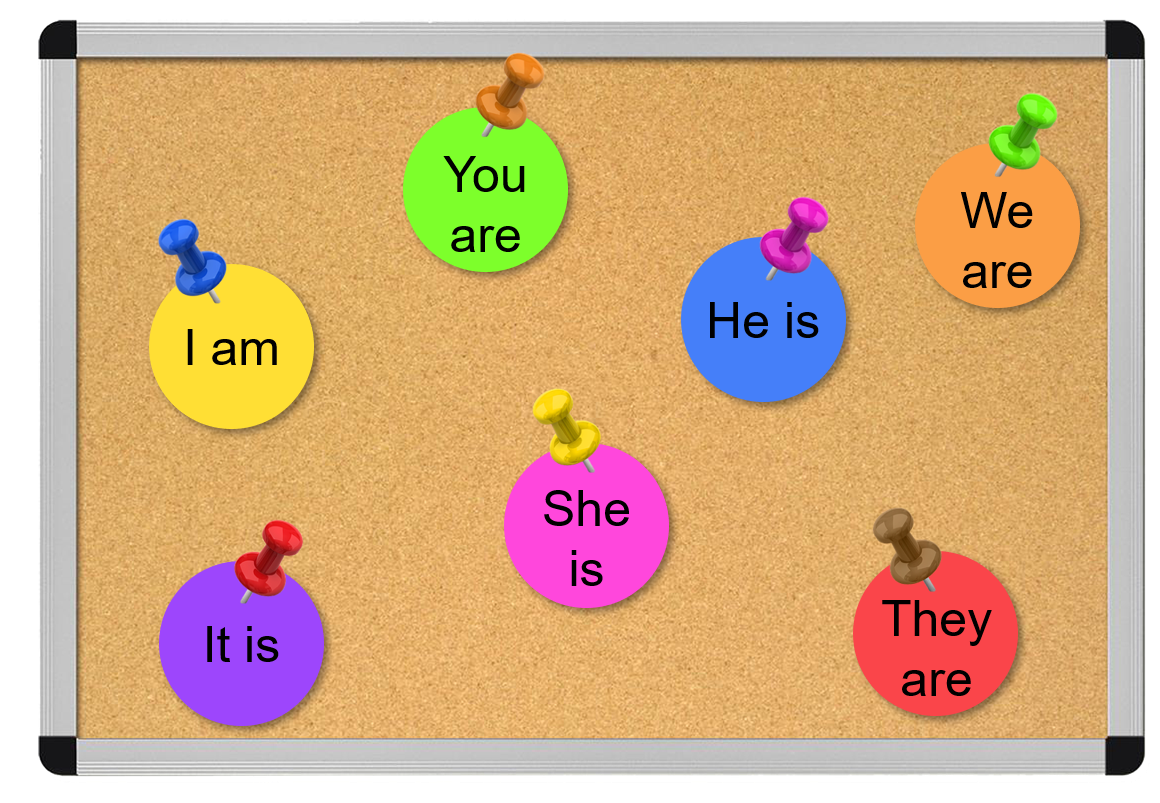
Pronouns are actually just another type of noun, but because they’re such an important noun type and so commonly used, they’re usually classified as a separate part of speech. A pronoun is a noun that takes the place of a noun or groups of nouns, and because pronouns are “standing in” for nouns, you have to be sure that the pronoun you choose to “stand in” agrees in number, person, and gender.
The menu on the left will take you to the different pronoun types, and there are quite a few: personal, definite, indefinite, singular, plural, possessive, relative, demonstrative, reflexive, subjective, and objective. That’s a long list, right?
The pronouns discussed in the following pages will probably not cause any trouble for native speakers, but you may find it interesting to realize how complicated this all is and, yet, how easily most of us can usually use pronouns without a problem. Still, issues with pronoun agreement (making the pronouns agree with the nouns they define) and pronoun reference (making sure it is clear what noun a pronoun is replacing) often appear in the writing of beginning writers. If you have ever had a pronoun issue marked on one of your essays, you are in the right place!
